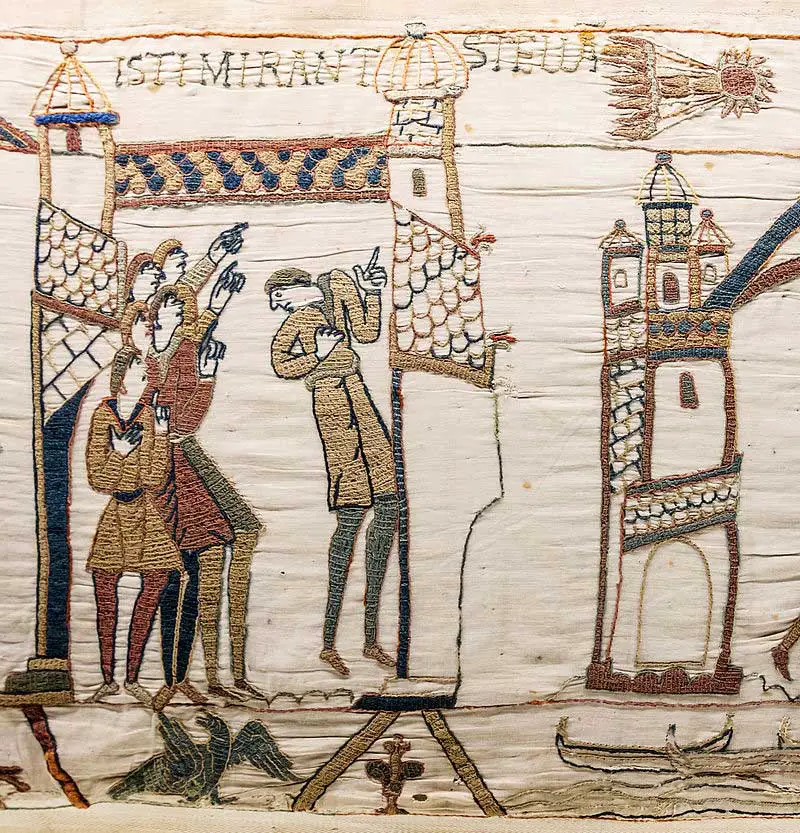December 20
Thank you to author Toni Mount for sharing this ‘on this day in history’ event from her book A Year in the Life of Medieval England, which is “an almanac for lovers of all things medieval”.
20 December 1471
Beginning on this day:
Two or three hours before sunrise, four days before Christmas, there appeared the most marvellous blazing star. ... It arose in the southeast and so continued twelve nights, rising more and more easterly. When it arose in the east, it rose at ten of the clock in the night, and kept its course flaming westwards over England. And it had a white flame of fire fervently burning, the flame endlongs from east to west, and so endured fourteen nights, full little changing, and some time it would seem quenched out and suddenly it burnt fervently again. And then it was at one time plain [due] north and then it compassed about the lodestar [Polaris, the North Star]. ... And so the star continued four weeks until the twentieth day of February. Twelve days before the vanishing thereof, it appeared in the evening and was down within two hours and ever of a colour pale steadfast ... and so every night it appeared less and less till it was as little as a hazel stick; and so it vanished away the twentieth day of February.
- Dockray, K., Three Chronicles of the Reign of Edward IV, pp.22-23
This spectacular comet wasn’t the famous Halley’s comet which had appeared in 1454. This comet is designated C/1471 Y1 – such a boring name for the brightest and closest comet known in recorded history.
- Stoyan, R., Atlas of Great Comets, p.49

Some comet related Tudor trivia from Claire
In March 1556, a comet was seen and recorded by Paul Fabricius, mathematician and physician at Emperor Charles V's court. Here is an extract from an article I wrote for the Tudor Society:
“In the 1848 book On the expected return of the great comet of 1264 and 1556, J. R. Hind writes of how the comet was observed by Fabricius but that his publication printed that year was no longer extant and all that remained was "a small rough chart found in the works of Lycosthenes and other authors". This chart is pictured here.
Hind writes of how the chart shows that "On the 7th it was in 5° of Libra, and had the same declination as ϵ Virginis ; consequently the north latitude would be about 17°." He adds that "On March 15th, Fabricius observed the comet for the last time, in about 20° of Aries, with a north latitude of 72° or 74°."”

You can read Hind's work on Google Books at HERE
Going back to Halley’s Comet, this was recorded as being seen in 1531 by Petrus Apianus who noted that a comet’s tail always pointed away from the sun.
Halley’s Comet is, of course, known for having appeared in 1066, before the Battle of Hastings, and is featured on the Bayeux Tapestry.